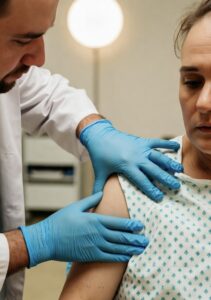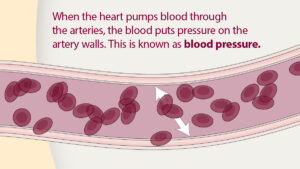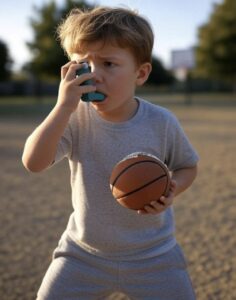Etiology and pathophysiology
- Spread via airborne particles
- Can be suspended in air for minutes to hours
- Transmission requires close, frequent, or prolonged exposure
- NOT spread by touching, sharing food utensils, kissing, or other physical contact
- Once causative organisms gains entrance, particles lodge in bronchioles and alveoli
- Local inflammatory reaction occurs
- Ghon lesion or focus – represents a calcified TB granuloma
- Infection walled off and further spread stopped
- Only 5% to 10% will develop active TB
- Aerophilic (oxygen-loving) – causes affinity for lungs
- Infection can spread via lymphatics and grow in other organs as well
- Cerebral cortex
- Spine
- Epiphyses of the bone
- Adrenal glands
Classification
- Classes
- 0 = No TB exposure
- No TB exposure, not infected (no history of exposure, negative tuberculin skin test)
- 1 = Exposure, no infection
- TB exposure, no evidence of infection (history of exposure, negative tuberculin skin test)
- 2 = Latent TB, no disease
- TB infection without disease (significant reaction to tuberculin skin test, negative bacteriologic studies, no x-ray findings compatible with TB, no clinical evidence of TB
- 3 = TB, clinically active
- TB infection with clinically active disease (positive bacteriologic studies or both a significant reaction to tuberculin skin test and clinical or x-ray evidence of current disease)
- 4 = TB, not clinically active
- No current disease (history of previous episode of TB or abnormal, stable x-ray findings in a person with a significant reaction to tuberculin skin test. Negative bacteriologic studies if done. No clinical or x-ray evidence of current disease)
- 5 = TB suspected
- TB suspect (diagnosis pending). Individual should not be in this classification for >3 months
- 0 = No TB exposure
- Primary infection
- When bacteria are isoniazidaled
- Latent TB infection (LTBI)
- Infected but no active disease
- Active TB disease
- Primary TB
- Reactivation TB (post-primary)




